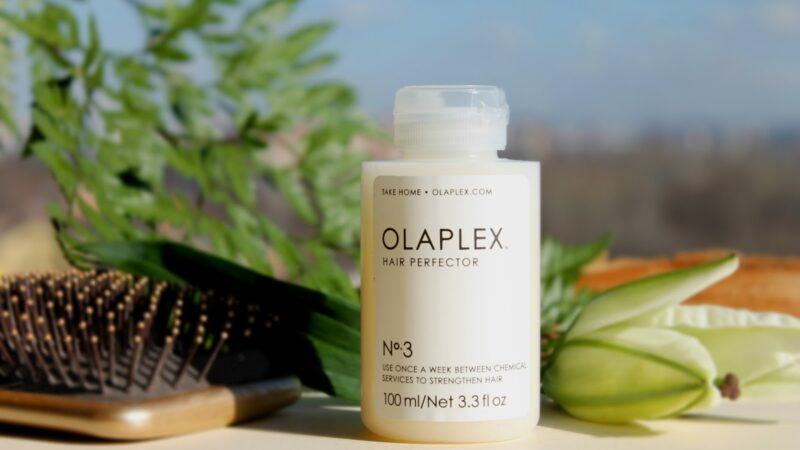What to do and why does a person’s lips turn blue?
Blue lips is a symptom that can indicate both the effect of temporary negative factors and diseases, and quite serious ones. The article discusses all the possible causes of blue discoloration and methods of its elimination.
Symptoms
Blue lips, which in medical practice is called cyanosis, manifests itself primarily in the form of a change in the shade of this part of the face: from physiological pink to cyanotic. Sometimes not only the lips turn blue, but also the nasolabial triangle, cheeks, the entire face, limbs and other parts of the body.
Cyanosis of the lips can be accompanied by other symptoms:
- pain in the sternum;
- shortness of breath, rapid breathing, cough;
- weakness, light-headedness;
- confusion of consciousness, disorientation;
- headaches;
- tachycardia, arrhythmia;
- convulsions.
It is important to know! Symptoms will depend on the cause of the blue discoloration.
Varieties
Allocate cyanosis:
- Central, provoked by disturbances in blood circulation and the accumulation of carbonic anhydride in it, which gives a characteristic shade that manifests itself through the skin.
- Peripheral, caused by a slow blood flow in the vessels and capillaries. The concentration of carbon dioxide in the body increases, and the blue venous blood mixes with the scarlet arterial.
Cyanosis is also temporary and permanent. In the latter case, cyanosis persists constantly and is caused by physiological disorders. Temporary blue discoloration is triggered by exposure to temporary factors that affect blood flow or blood composition.
Possible reasons
The causes of blue lips are different, and they can be divided into several groups:
- Diseases of the respiratory system that disrupt respiratory processes or reduce the volume of the lungs: bronchial asthma, pulmonary tuberculosis, emphysema, pulmonary embolism, bronchitis, pneumonia, false croup.
- Diseases of the heart or blood vessels: congenital heart defects, atherosclerosis, thrombosis, heart attack, myocarditis, ischemia, phlebitis, varicose veins, heart failure and others.
- Some blood diseases, such as iron deficiency anemia, in which the amount of hemoglobin responsible for transporting oxygen decreases.
- Some congenital genetic disorders such as Buerger’s disease, Raynaud’s syndrome. These ailments affect the vessels and negatively affect the blood flow and blood supply to various parts of the body.
- Endocrine diseases affecting the circulatory system, for example, complicated diabetes mellitus and diabetic angiopathy provoked by it.
- Diseases accompanied by an increase in blood clotting or viscosity: erythremia, gammopathy, cryoglobulinemia.
- Impact of negative temporary factors: oxygen deficiency (prolonged stay in a small closed room or in a large crowd of people in a confined unventilated space), prolonged exposure to cold or frost (at low temperatures, vasoconstriction occurs, due to which blood circulation worsens), prolonged diving under water without equipment, leading to altitude sickness, being at significant altitudes, asphyxia (suffocation), breath holding, excessively intense physical activity.
- Postoperative period. Blood circulation may be impaired after surgery. Also, blue lips are sometimes a side effect of anesthesia.
- Severe intoxication, infection or poisoning with poisons that negatively affect the blood vessels.
- Diseases of the nervous system, especially those accompanied by convulsions and disorders of blood flow: tetraparesis, epilepsy.
- Excessive stress. This reason is typical for young children: babies’ lips can turn blue with colic, futile attempts to go to the toilet, strong crying, sharp fright. Blood circulation and innervation in children of the first months of life are not well established, therefore, sometimes frightening, but passing symptoms are possible. But such a sign can also indicate a heart defect.
Diagnostics
If the blue lips do not go away for a long time, it appears periodically and is not caused by the influence of temporary factors, then you should consult a doctor. To get started, visit a therapist who will prescribe the following tests:
- blood test (general, sugar, biochemical);
- ECG (at rest and with exercise);
- Ultrasound of the heart;
- dopplerography (ultrasound examination of blood vessels);
- spirography (measurement of lung volumes);
- endoscopic examinations of various internal organs (for example, lungs);
- magnetic resonance imaging or computed tomography;
- radiography.
Based on the results of the examination, the doctor will either prescribe treatment or refer his patient to a narrow specialist: a neurologist, cardiologist, phlebologist, pulmonologist, endocrinologist, surgeon.
What measures to take
What if a person’s lips turn blue? The first step is to find out why this is happening. When exposed to temporary factors, they must be eliminated immediately: provide oxygen access, free the airways, normalize body and environmental temperature.
The measures will depend on the underlying cause of the cyanosis of the lips. It can be:
- The use of an oxygen mask that supplies oxygen to the lungs and saturates the blood and all internal organs with it.
- Surgical interventions aimed at eliminating the formed blood clots, heart defects and other congenital or acquired pathologies.
- Taking medications. They are prescribed by a doctor after a comprehensive examination and diagnosis, and the choice depends on the causes of cyanosis. For diseases of the respiratory system, bronchodilators and respiratory analeptics are used, for severe hypoxia – antihypoxants, for diseases of the central nervous system – neuroprotectors, for blood clotting disorders – anticoagulants, for cardiac pathologies – cardiac glycosides. Vitamin complexes, phytopreparations of adaptogen and antioxidant groups may also be recommended. But any funds are taken as directed and under the supervision of a physician in strict dosages and according to a certain scheme.
- Physical activity. Simple exercises are effective for hypothermia: during movement, blood flow improves, blood vessels dilate.
- Massage. People’s councils suggest active rubbing of blue areas or the whole body. And such a technique is indeed applicable and effective in some cases, as it improves blood circulation and blood supply. But massage is contraindicated in certain conditions (varicose veins, thrombosis, phlebitis).
- Local irritants: camphor, menthol, essential peppermint oil, ground coffee, sour berry and fruit juices, cinnamon, coriander. They rub their lips.
Prevention
To prevent blue lips, follow these simple rules:
- Don’t overcool.
- Responsibly treat your health, regularly undergo scheduled examinations and promptly start treating the detected diseases.
- Lead a healthy, active lifestyle.
- Be outdoors more.
If your lips turn blue, this is not always a scary sign. But sometimes the symptom indicates a very serious illness.




